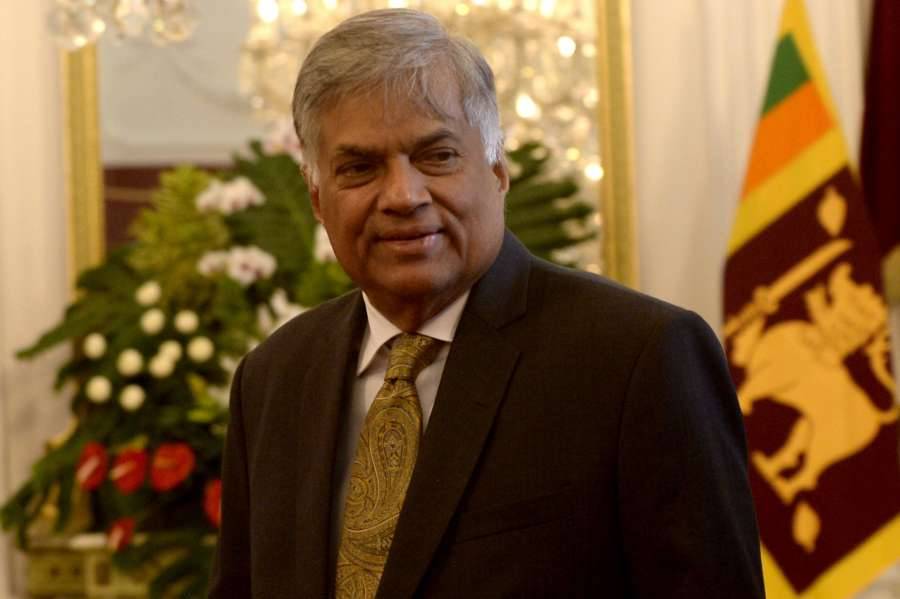The President has said that he took over the bankrupt country and brought its economy to a stable state by going to the IMF….writes Susitha Fernando
President Ranil Wickremesinghe has assured that Sri Lanka would be able to complete the ongoing debt restructuring programme by September and bring the economy to a stable level.
The President has said that he took over the bankrupt country and brought its economy to a stable state by going to the IMF.
“The IMF had imposed tough conditions on us. But we had no other options,” said Wickremesinghe, who is also the Finance Minister had introduced severe tax hikes and other hard financial decision to please the IMF.
He urged all Sri Lankans to work towards getting out of bankruptcy.
“In the past, after Sri Lanka was declared a bankrupt country, no investors came to the country. Former investors left the country. In such an environment, foreign investors are not interested in providing aid to Sri Lanka,” Wickremesinghe added.
Facing the worst-ever economic crisis, Sri Lanka in April 2022 suspended the repayment of foreign debts and requested the IMF to intervene.
The IMF offered a $3 billion conditional bailout package to be paid in parts for four years and the package is also to help reduce Indian Ocean island nation’s debt by $17 billion through restructuring.
Co-chaired by India, Japan and France, and Paris Club creditors, 17 countries have formally formed an official creditor committee to discuss Sri Lanka’s request for a debt treatment.
China, Sri Lanka’s biggest bilateral creditor, stands as an observer.
Meanwhile, Japan has called on Sri Lanka not to hold talks outside the creditor nations’ meeting framework.
Sri Lanka’s economy depends heavily on tourism, which ground to a near halt during the pandemic. Sri Lanka became the first middle-income nation to essentially fall into default in May last year after failing to repay infrastructure funds extended by China and other countries.
Inflationary pressures have placed low- to middle-income nations in dire straits. Interest rate hikes in wealthier economies have added extra debt-servicing burdens on debtor nations, creating the risk that the problems will spill over from low-income nations to other middle-income nations, as per the report in Nikkei Asia.
According to the publication, the creditor nations meeting is significant because it targets a middle-income nation. Finance and central bank chiefs from the Group of Seven nations will meet in Japan starting Thursday when they are expected to discuss the debt problems affecting low- to middle-income nations.
Sri Lanka’s external debt totalled USD 35.1 billion at the end of September last year, according to Japan’s Finance Ministry. China is the biggest bilateral creditor, followed by Japan and India.
Sri Lanka occupies a strategic location in a sea lane connecting East Asia with the Middle East and Africa. In April last year, India lobbied the International Monetary Fund to provide assistance to Sri Lanka, reported Nikkei Asia.
In March, the IMF approved USD 3 billion in loans to Sri Lanka over four years. Of the total USD 3 billion International Monetary Fund (IMF) approved fund for Sri Lanka, the economic crisis-hit country will immediately receive an initial disbursement of about USD 330 million, IMF Executive Board said.
The IMF Executive Board approved a 48-month extended arrangement under the Extended Fund Facility of USD 3 billion to support Sri Lanka’s economic policies and reforms, Nikkei Asia reported. (IANS/ANI)

Leave a Reply